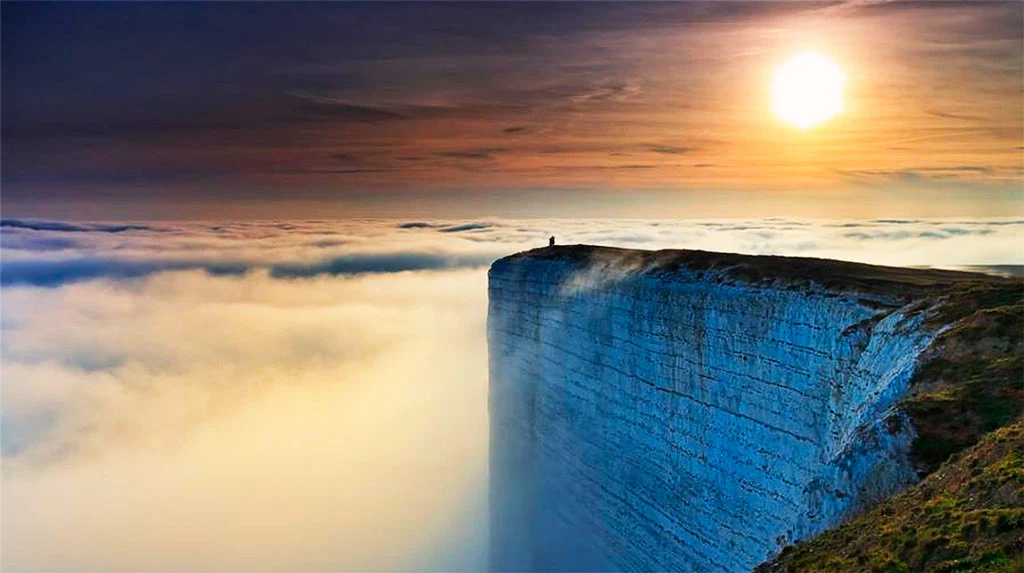Mount Roraima is a table mountain and one of the main attractions of the Latin American continent. Roraima translates as "great blue-green mountain". The flat top of the tepui rises high above the clouds. It seems to travelers who have conquered Roraima that they are on another planet: the views from the top of the mountain look so unrealistic. Being on Mount Roraima can be compared to being on a deserted island. Only instead of the blue waters of the sea, tepui is surrounded by an ocean of milky white clouds.
 |
| Mount Roraima Venezuela |
Where is Roraima
The natural attraction is located on the territory of three states at the same time. Most of it belongs to Venezuela. Other host countries of Mount Roraima are Brazil and Guyana. Table Mountain is located at the southeastern point of the Canaima National Park, which belongs to Venezuela.
 |
| Mount Roraima Venezuela |
The Birth of a Miracle of Nature
Canteens are called mountains with flat tops and almost vertical walls. This kind of mountains appeared from the sandstone plateau, located between the rivers Rio Negro, Amazon, Orinoco and the Atlantic Ocean. For a long time, the plateau was affected by erosion, which led to its destruction. As a result, mountains with flat tops, like the surface of a table, were formed. Roraima is called the highest tepui of Venezuela. The highest part of the mountain reaches 2810 m.
 |
| Mount Roraima Venezuela |
Climate, Flora and Fauna
In the lowlands of Mount Roraima, the climate is almost the same as on the top of the mesa. Dry seasons are followed by rainy seasons. The higher you go up the mountain, the colder and more humid the air becomes. In the morning, the temperature does not exceed 0 ºС. The rainy season lasts from May to October. During this period, fog falls on the plateau, which does not dissipate for weeks. Visiting Mount Roraima during the rainy season is not recommended.
A fifth of the surface of the table mountain is occupied by water bodies: rivers, small lakes and peat bogs. The most impressive place, called the "bow of the ship", is considered the northern tip of Roraima. It is a sharp edge.
Many inhabitants of the animal and plant world of Mount Roraima are endemic. This means that living beings are constantly in a limited area and go through their own evolutionary path. One of the brightest representatives of tepui endemics is Quelcha's oreophrinella, a small black toad. The peculiarity of the amphibian is that, unlike its counterparts, it is not able to swim or jump. If the oreophrinella is in danger, it curls up into a ball and rolls into the space between the stones.
Expeditions that visited the plateau managed to describe about 230 plant species. The greatest diversity is represented by the families of Compositae, millipedes and orchids. Many plants were forced to adapt to the local soil, which lost a significant part of organic and mineral substances due to constant rains. Of particular interest are insectivorous plants: Mount Roraima sundew, drooping helymamphora, pemphigus.
